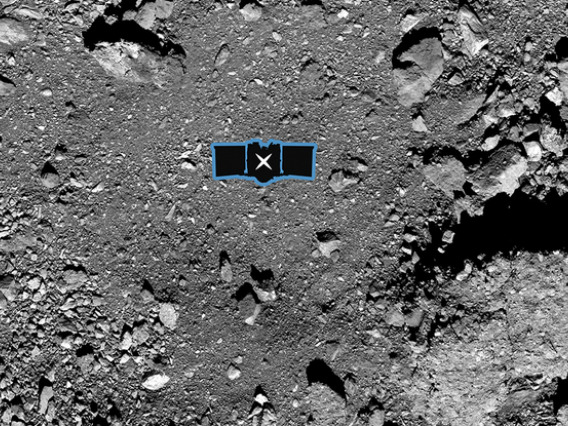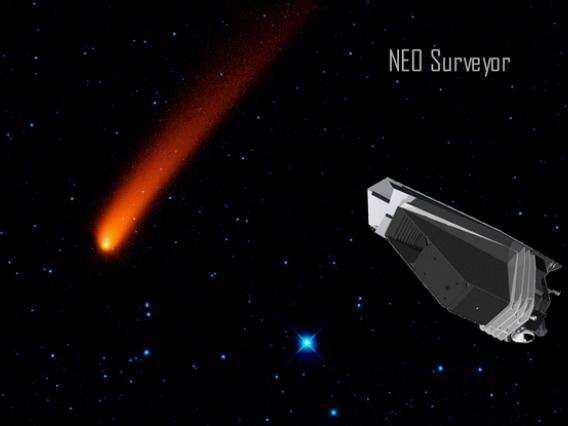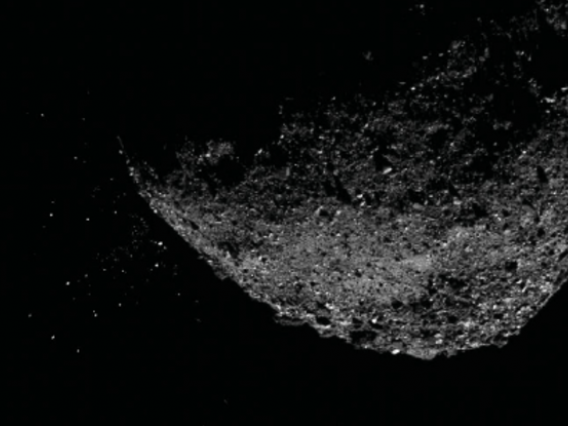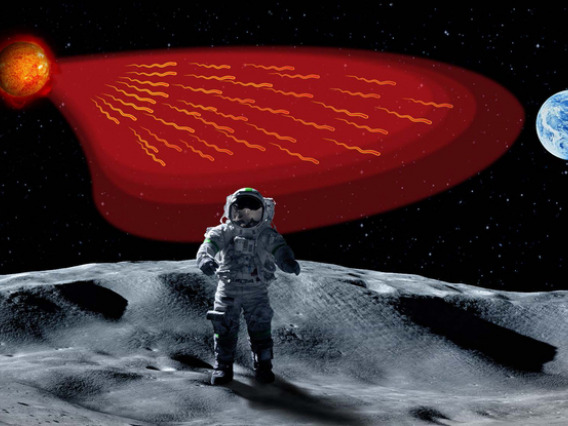LPL Newsletter: January 2020
Wednesday, January 1, 2020
The news from LPL sometimes comes from spacecraft missions, sometimes from telescopic observations, sometimes from laboratory analysis and sometimes from theoretical work. This month, the stories we highlight are from spacecraft. In two cases, the stories are about mission milestones—the OSIRIS-REx team has selected the primary and backup sites for sampling the asteroid Bennu, and it's been announced that LPL's Amy Mainzer will provide the technical leadership for the new Near-Earth Object Surveillance Mission. The other two are about results from missions, the early results from the Parker Solar Probe mission, and a study of the mysterious particles that OSIRIS-REx discovered to be coming off the surface of Bennu.
I hope you enjoy catching up on recent LPL research. Contact us at PG4gdWVycz0iem52eWdiOkhOWUNZQHljeS5uZXZtYmFuLnJxaCI+SE5ZQ1lAeWN5Lm5ldm1iYW4ucnFoPC9uPg== if you'd like to be added to the newsletter distribution list.

X Marks the Spot: NASA Selects Site for Asteroid Sample Collection
The OSIRIS-REx mission team evaluated data from four candidate sites in order to identify site Nightingale as the best option for the sample collection, with site Osprey named as the backup.

UArizona Looks Toward Work on NASA's Potential Asteroid-Hunting Telescope
Professor Amy Mainzer of the Lunar and Planetary Laboratory will provide technical leadership for the projected Near-Earth Object Surveillance Mission, which will include the NEO Surveyor spacecraft.

Explaining Bennu's Mysterious Particle Events
NASA's OSIRIS-REx science team has identified three possible explanations for the particles that asteroid Bennu is tossing into space.

First Results from Spacecraft Exploring Sun
The sun is revealing itself in dramatic detail and shedding light on how other stars may form and behave throughout the universe. University of Arizona researchers involved in the mission report exciting findings from the Parker Solar Probe's first close encounters with our very own star.

